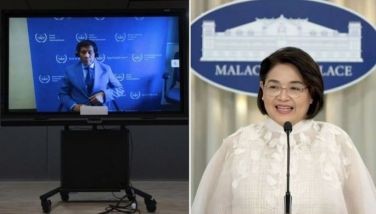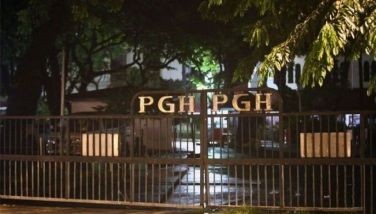China Bank Binondo building restoration: A champion of heritage resiliency
MANILA, Philippines — Visitors of the world’s oldest Chinatown can now marvel at century-old China Banking Corporation’s (China Bank) Binondo Business Center’s 1920s look.
This was after its management restored the building to its original structure in time for the bank’s centennial anniversary.
The Neo-Classic Beaux Arts Building built from 1923 to 1924 played a part in Philippine history.
Designed by German architect Julius Arthur Niclaus Gumbert who also designed the San Miguel Brewery Building, now the New Executive Building of the Malacanang Complex, it used to be the head office of the China Bank. During the Battle of Manila in 1945, the bank was used as the headquarters of the Japanese force and was later burned.
In that same year, the structure was repaired to once again house the bank’s head office until 1969.
In 2018, the management of the bank decided to restore the building to its 1920s form in time for the centennial celebration in 2020. It tapped Architect Manuel Noche and his firm Noche + Architects for the restoration project.
However, the COVID-19 pandemic delayed restoration works and it was only in December 2021 when the China Bank Building was given the historical marker from the NHCP and the Important Cultural Property marker from the National Museum.
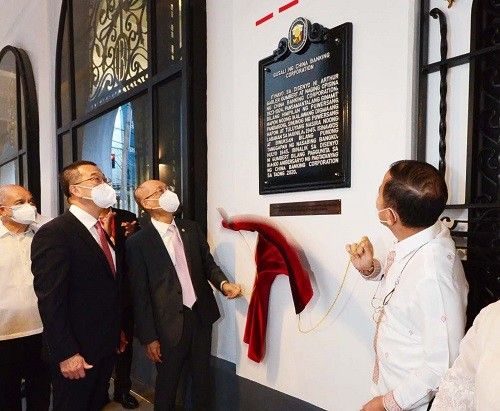
It is still operating as a bank and now houses a museum that showcases artifacts, memorabilia, documents, photos, and paintings artfully displayed to represent the China Bank’s core values.
The restoration of the historic building was not an easy path.
The talks of the restoration project started as early as 2016 and the contract was signed in 2018 and that’s when his team officially began to document the whole building for almost a year.
Firstly, the restoration and as-built plan were based on a vague and pixelated picture of the building.
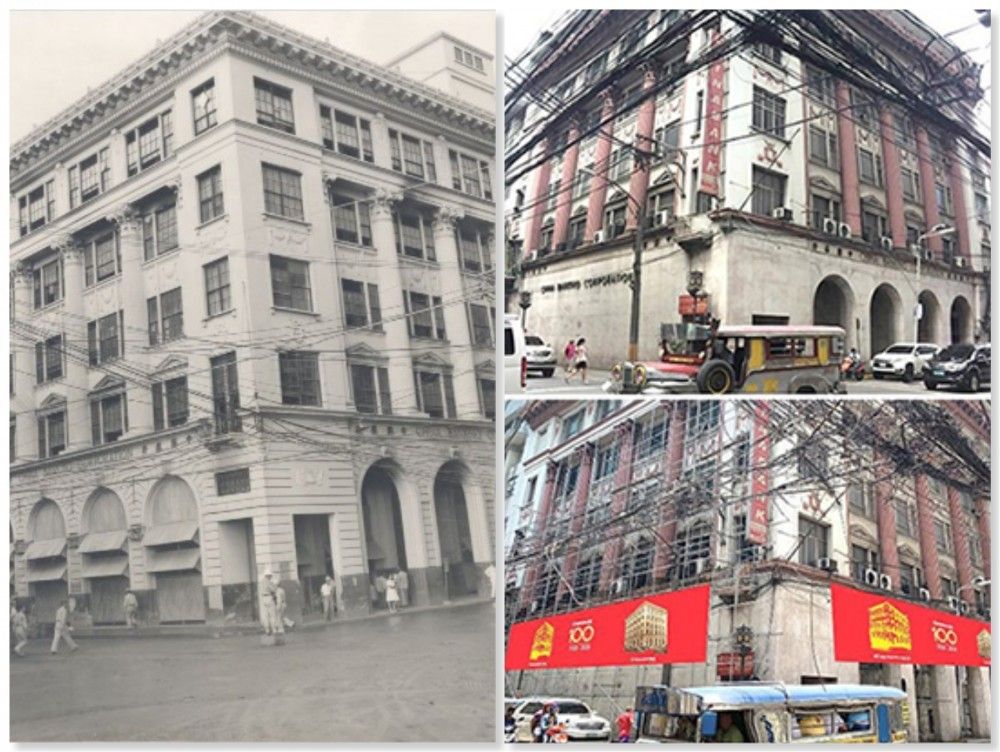
“An as-built is basically, you'd come up with the plan of the building as it is now. And then, we did a lot of investigation looking for details, looking for elements. We had to crawl through tiny cracks so that we could find design elements. Kasi nga ang meron kami picture lang e,” Noche said in an online interview with Philstar.com.
“Hindi naman alam, hindi namin alam kung anong ginawa nila noon, at nangyari na 'tong picture na 'to and that's a big gap,” he added.
Noche said there was also no living person who could help them fill in those gaps which made the restoration project even more challenging.
Fortunately, the conservation architect said that during the investigation, historical arches that were hidden in a marble clad started to show.
“When we were investigating, lo and behold, elements of the grillework started emerging. And then, when we finally started clearing some offices and doing certain demolition, lumitaw ‘yung grilles. Ang ginawa lang pala tinakpan. So, all of these surprises that not even the building occupants or management knew,” Noche said.
The conservation architect said that after the forensic works, addressing structural concerns, conducting vibration tests, retrieval of layers and retrofitting to fit modern systems and technology for resilience, among others, they managed to bring back the original lobby as well as the six-meter-high ceiling and the 1920s elevator.
Noche clarified that his team is not in charge of the interior design of the banking hall.
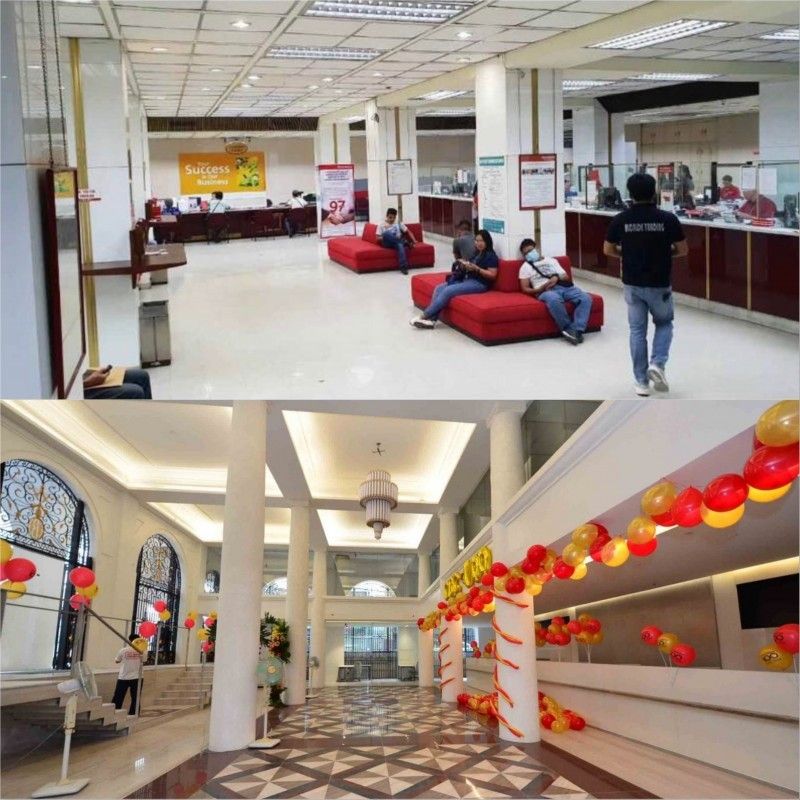
“So, it's done meticulously, it was done scientifically, it was done with a lot of careful studying and heart, basically,” he said.
The groundbreaking began in 2019 followed by the demolition and construction that was hampered by the COVID-19 lockdown in 2020.
“We were able to start the countdown celebrations. Then we had the pandemic. And that literally put everything to a standstill,” Noche said.
The restored façade of the building was unveiled in August 2020 while the historical marker from the NHCP and the Important Cultural Property marker from the National Museum were unveiled in December 2021.

Despite the timeline delay, it was China Bank’s commitment to ensuring that the restoration of the building is delivered that made the heritage restoration project successful.
“They want to keep the building operational for another 100 years. So, with that statement kasi coming from them that they want to keep the building for another 100 years, that showed now that they are committed to preserving and conserving,” the architect said, adding that such commitment is rare.
Symbol of strength amid change
National Museum Deputy Director-General Flores-Avila said China Bank building is a symbol of its strength and prominence in the last century.
“It is also a reflection of us as a community exuding beauty and striving for security in the midst of the changing fortunes of time,” Flores-Avila said.
China Bank President William Whang, on the other hand, expressed how proud they are for this project which is their “humble contribution to the revitalization of Manila and of Binondo.”
Former president of the bank, Ricardo Chua, now its board advisor, said they only dreamed of its restoration five years ago and now it is a reality.
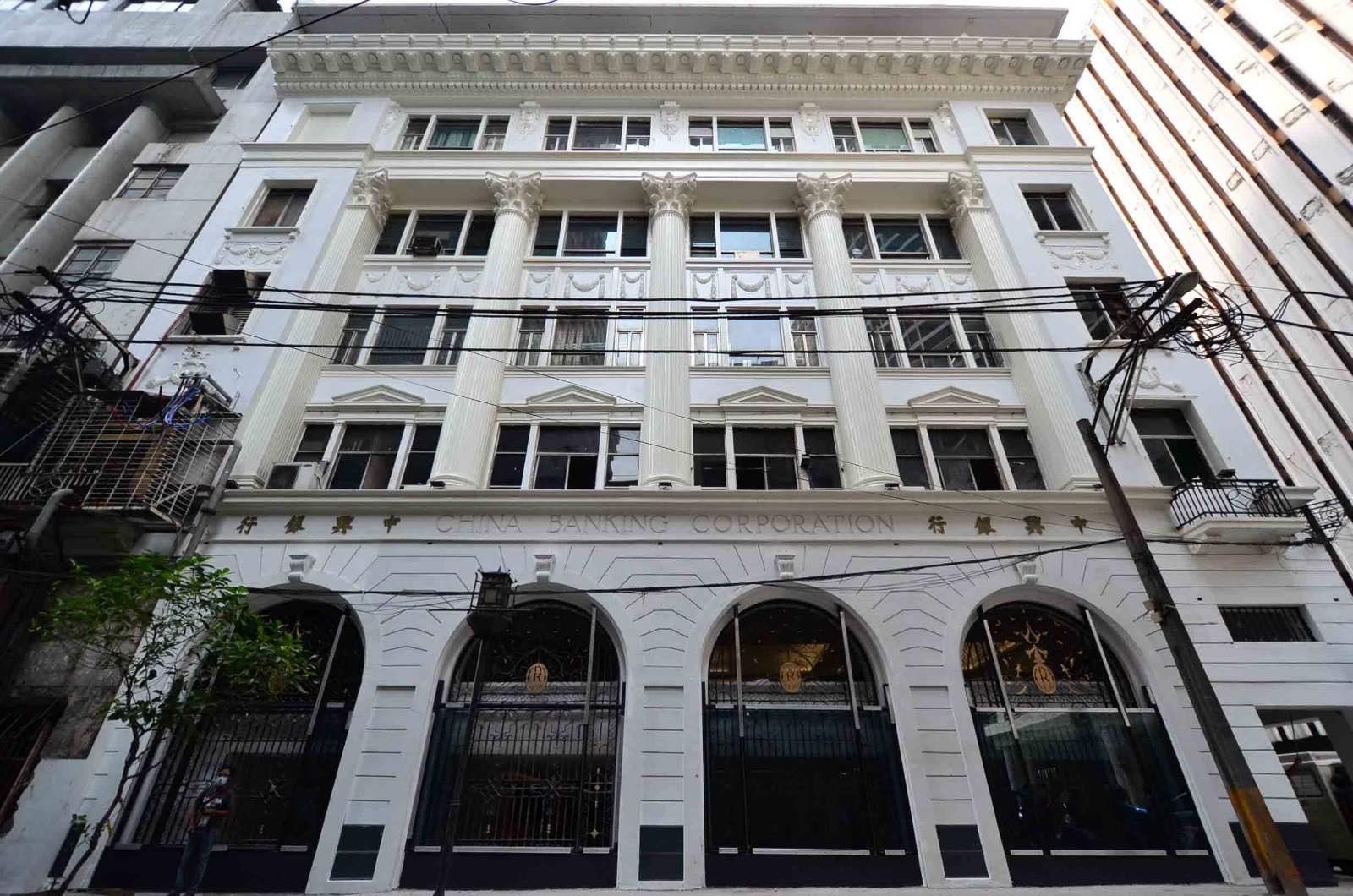
“We are very proud of this restoration project and what it represents: the melding of the old and the new, the preservation of Binondo’s bygone character, and the enduring spirit of China Bank and the generations of China Bankers and customers,” Whang said in December.
The bank is hopeful that their move to revive the building will inspire other building owners in Binondo to restore theirs as well.
"This restoration is the centerpiece of our centennial celebration and a major component of Binondo’s renewal. It's a 'true restoration' with as much emphasis on making the building resilient for the next 100 years,” Whang said in a statement in August.
"Hopefully, this will be a catalyst for others in Binondo to restore buildings,” Bank Director Harley Sy also said.
- Latest
- Trending

























